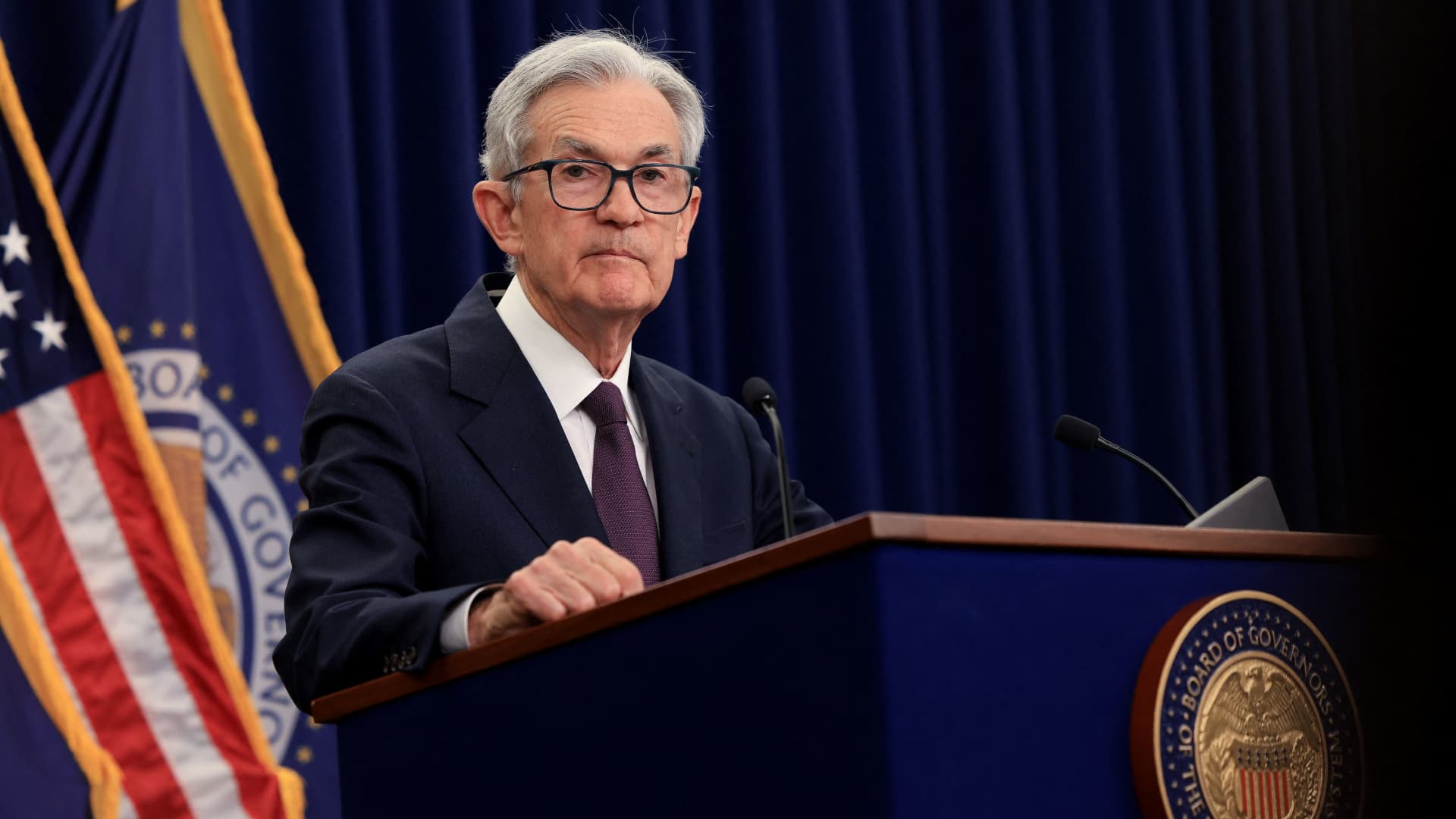Navigating the Crosscurrents: A Deep Dive into the Federal Reserve’s Stance Amidst Political Pressure
Introduction: The Uncharted Waters of Monetary Policy
The Federal Reserve, often regarded as the bastion of economic stability, found itself in uncharted waters during a period marked by political pressure and economic uncertainty. This era was characterized by a delicate balance between maintaining steady interest rates and responding to the demands of a president who publicly advocated for lower rates. The central bank’s decisions, led by Chairman Jerome Powell, were scrutinized not only by economists and financial markets but also by the highest levels of political power. This report explores the complexities of this situation, examining the Fed’s actions, the motivations behind them, and the broader implications for the U.S. economy.
The Fed’s Steady Hand: Maintaining the Status Quo
Throughout this period, the Federal Reserve maintained a consistent stance, keeping the target interest rate within a range of 4.25% to 4.5%. This decision, made during Federal Open Market Committee (FOMC) meetings, reflected a cautious approach to monetary policy. The Fed’s rationale was likely driven by a desire to avoid abrupt changes that could destabilize the economy. By maintaining steady rates, the Fed aimed to allow the economy to continue its trajectory while closely monitoring key economic indicators. This decision was particularly significant given the external pressures the central bank was facing.
Trump’s Pressure Campaign: A Clash of Ideologies
President Donald Trump repeatedly expressed his dissatisfaction with the Fed’s interest rate policy, publicly calling for rate cuts. Trump’s rationale was rooted in the belief that lower interest rates would stimulate economic growth, boost the stock market, and enhance the competitiveness of American businesses globally. However, his public statements put unprecedented pressure on the Fed, challenging its perceived independence.
Chairman Powell reportedly stood firm in the face of this pressure, conveying to associates and allies that he would not yield to political demands. This stance underscored the importance of the Fed’s independence in maintaining credibility and preventing monetary policy from being influenced by short-term political considerations. The conflict between the President and the Fed Chair highlighted a fundamental difference in their understanding of monetary policy and the role of the central bank.
Economic Signals: A Mixed Bag
The Fed’s decision-making process was influenced by a range of economic signals. While the U.S. economy showed signs of strength in areas such as employment, other indicators suggested potential vulnerabilities. Concerns about inflation, global economic slowdown, and trade tensions likely factored into the Fed’s cautious approach. The central bank had to weigh the potential benefits of lower interest rates against the risks of overheating the economy or fueling inflation.
The FOMC: A Divided House?
While the Fed presented a united front in its official statements, reports suggested internal divisions within the FOMC. The FOMC comprises 12 voting members, including the Board of Governors and a rotating selection of Federal Reserve Bank presidents. Disagreements among these members regarding the appropriate course of action were inevitable. While the majority appeared to favor maintaining the status quo, some members may have advocated for rate cuts, reflecting differing perspectives on the economic outlook and the appropriate level of monetary stimulus. These internal debates are a natural part of the policymaking process, but they also highlighted the complexities of navigating a period of economic uncertainty.
The Global Context: International Pressures
The Fed’s decisions were not made in isolation. Global economic conditions and the monetary policies of other central banks also played a role. A global economic slowdown, trade disputes, and currency fluctuations could all have influenced the Fed’s thinking. Furthermore, the actions of other central banks, such as the European Central Bank (ECB) and the Bank of Japan (BOJ), could have created pressure on the Fed to adjust its own policies.
The Market’s Expectations: Reading the Tea Leaves
Financial markets closely followed the Fed’s every move, attempting to anticipate future policy changes. The fed-funds futures market, a tool used by investors to bet on the direction of interest rates, indicated a significant probability of a rate cut in the future. This suggested that investors believed the Fed would eventually be forced to lower rates, either due to economic weakness or persistent pressure from the Trump administration. Market expectations can, in turn, influence the Fed’s decisions, as the central bank seeks to avoid surprising or disrupting financial markets.
Potential Scenarios: Navigating the Future
Looking ahead, the Fed faced several potential scenarios. If economic growth slowed significantly, the Fed might be compelled to cut interest rates to stimulate the economy. Alternatively, if inflation surged, the Fed might need to raise rates to keep prices under control. A third scenario involved continued economic uncertainty and political pressure, which could lead the Fed to maintain its steady course while carefully monitoring economic developments.
Conclusion: A Legacy of Independence
The period under review tested the Federal Reserve’s independence and resolve. Despite facing intense political pressure, the central bank maintained a steady course, prioritizing its mandate of promoting price stability and full employment. The Fed’s actions during this period served as a reminder of the importance of its independence in safeguarding the integrity of monetary policy and maintaining the long-term health of the U.S. economy. The ability to resist political pressure and make decisions based on economic data is crucial for the Fed to effectively fulfill its role as the nation’s central bank.

